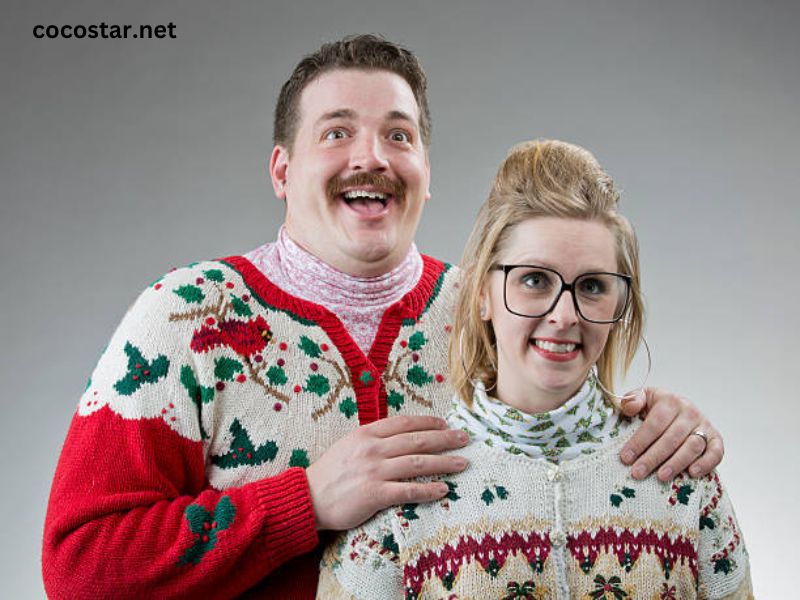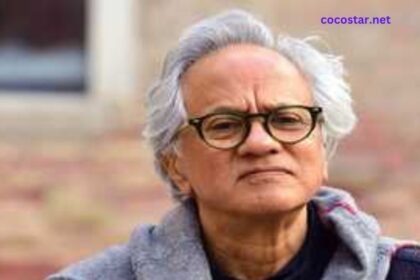Beauty is a deeply subjective and often complex topic that has captivated humanity throughout history. From ancient Greek sculptures to modern social media influencers, the standards of beauty have evolved, yet the discussion surrounding the idea of attractiveness remains pertinent. One of the most extreme notions that emerges within this discourse is the idea of the “ugliest person in the world.” This article aims to explore this concept, delving into its implications, historical context, and its reflection on societal norms and values.
Historical Context
Throughout history, the concept of beauty has varied across cultures and eras. In ancient civilizations, certain physical attributes were celebrated, while others were deemed undesirable. The Renaissance brought forth ideals of symmetry and proportion, while the Victorian era emphasized modesty and restraint. In contrast, contemporary standards are heavily influenced by media portrayals and celebrity culture, which often perpetuate narrow definitions of attractiveness.
The idea of labeling someone as the “ugliest person” can be traced back to societal tendencies to categorize and judge individuals based on appearance. This categorization often aligns with a societal inclination to value physical attributes over inner qualities. The invention of photography and, later, television and the internet, intensified the scrutiny of physical appearance, leading to a culture obsessed with beauty and its antithesis.
The Origin of the Term
The term “ugliest person in the world” often surfaces in popular media, reality television, and even social experiments. These portrayals typically rely on hyperbole and sensationalism, drawing attention to individuals who defy conventional beauty standards. However, such representations can be harmful, perpetuating stigma and negative stereotypes.
One notable example is the story of Richard St. John (often referred to as “the ugliest man in the world”), who gained notoriety in the early 2000s due to his unique appearance. St. John, born with a condition called acromegaly, was subjected to ridicule and media exploitation. His experience serves as a poignant reminder of the consequences of labeling individuals based on their looks, highlighting the importance of empathy and understanding.
Cultural Perceptions of Ugly
In various cultures, notions of beauty and ugliness differ significantly. For example, in some indigenous cultures, a fuller figure is celebrated as a sign of health and wealth, while in Western societies, thinness is often idealized. Similarly, facial features considered unattractive in one culture may be viewed differently in another. This variability underscores the arbitrariness of beauty standards and challenges the idea of a universal “ugliest person.”
Furthermore, societal changes can shift perceptions of beauty. The rise of body positivity movements and advocacy for diversity in beauty has challenged traditional notions, encouraging acceptance of all body types and appearances. This cultural shift advocates for a broader understanding of beauty, emphasizing individuality and authenticity over conformity to societal norms.
Psychological Impact of Labels
Labeling someone as the “ugliest person in the world” can have devastating psychological effects. Individuals who are subjected to such labels may experience low self-esteem, anxiety, and depression. The stigma associated with being deemed “ugly” can lead to social isolation and hinder personal relationships.
Moreover, the internalization of negative labels can affect one’s self-worth and identity. The desire for acceptance and validation often drives individuals to conform to societal beauty standards, which can perpetuate a cycle of self-doubt and insecurity. In this sense, the concept of the “ugliest person” serves as a reflection of broader societal issues surrounding self-image and self-acceptance.
Challenging the Narrative
In recent years, a growing movement has emerged to challenge the narrative surrounding beauty and ugliness. This movement advocates for inclusivity, encouraging individuals to embrace their unique qualities rather than conforming to narrow definitions of attractiveness. Social media platforms have played a significant role in amplifying diverse voices and redefining beauty standards, showcasing individuals of all shapes, sizes, and appearances.
Influencers and activists have utilized their platforms to promote body positivity and self-acceptance, encouraging others to embrace their flaws and celebrate their uniqueness. This cultural shift emphasizes that beauty is not merely skin deep; it encompasses personality, character, and individuality.
The Role of Media
Media plays a pivotal role in shaping perceptions of beauty and ugliness. Historically, film and television have often portrayed characters with unconventional appearances as villains or comedic relief, reinforcing negative stereotypes. However, contemporary media has begun to challenge these tropes, presenting more nuanced and relatable characters who defy traditional beauty standards.
Documentaries and reality shows have also emerged, providing a platform for individuals who may not fit conventional beauty norms to share their stories. These narratives humanize individuals often labeled as “ugly,” highlighting their experiences, struggles, and triumphs, thereby fostering empathy and understanding.
Beauty Beyond the Surface
Ultimately, the concept of the “ugliest person in the world” invites us to reflect on the deeper meanings of beauty. Beauty extends far beyond physical appearance; it encompasses qualities such as kindness, intelligence, and creativity. Emphasizing these attributes can lead to a more holistic understanding of what it means to be beautiful.
By shifting our focus from outward appearances to inner qualities, we can cultivate a culture that values diversity and inclusivity. This approach encourages individuals to appreciate their unique traits and reject the notion that their worth is determined by societal standards of beauty.
The Importance of Empathy
As we navigate the complexities of beauty and ugliness, it is crucial to approach the topic with empathy and compassion. Recognizing that each individual has a unique story and journey can foster a deeper understanding of the challenges they face. Instead of perpetuating harmful labels, we can celebrate differences and encourage self-acceptance.
Empathy not only enriches our interactions with others but also enhances our own self-perception. When we practice kindness towards others, we cultivate a more positive self-image and contribute to a culture that values individuality over conformity.
Conclusion
The idea of the “ugliest person in the world” serves as a stark reminder of the complexities surrounding beauty and societal judgments. While the label may seem innocuous or even humorous to some, it can have profound implications on individuals’ mental health and self-worth. By challenging traditional beauty standards, embracing diversity, and fostering empathy, we can redefine the narrative surrounding beauty and ugliness. Ultimately, it is our shared humanity, kindness, and authenticity that make us truly beautiful, transcending superficial labels and societal expectations.



